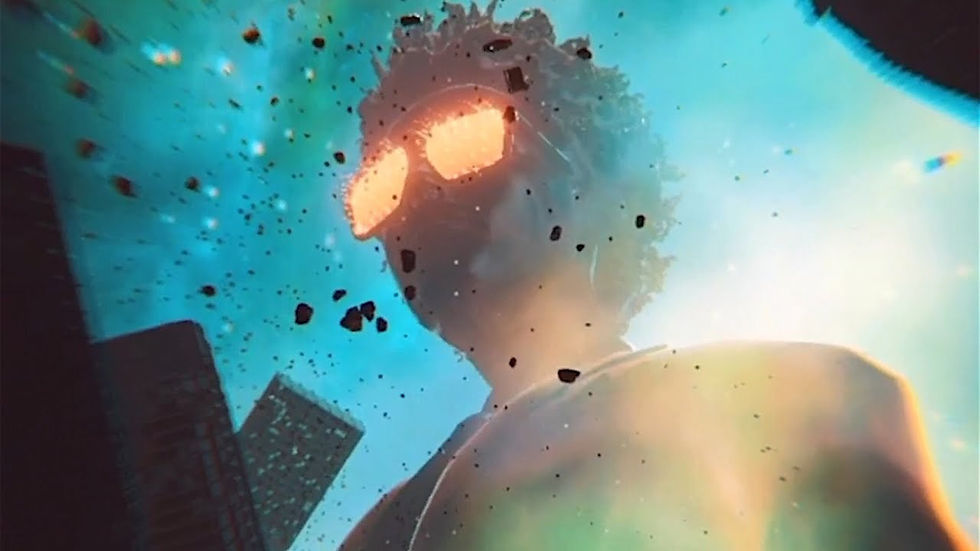The Rise of Virtual Experiences
- Jordan Kelley
- Aug 10, 2020
- 3 min read
Updated: Aug 13, 2020
by Jordan Kelley, Content Director, BrandStorytelling.tv
The restrictions placed on our everyday lives by the Global Pandemic have had the result of forcing innovation and putting energy and resources toward ideas and experiences that, prior to Coronavirus, were at best niche and at worst on the back burner. But with more and more people opening themselves up to innovations and experiences being offered in the current moment (even if it's only for a total lack of anything else to do), the popularity of some of these experiences has shifted from on the back burner to up-and-coming, some being touted as foretelling the future.
One such example is The Weeknd's Virtual Concert held on TikTok. The concert was made available to view to all TikTok users and featured artist The Weeknd in animated proxy form, delivering a concert with 5 of his hit songs. The concert featured elaborate digital environments artfully designed and in alignment with The Weeknd's aesthetic and branding. Interactive elements were included to incorporate the TikTok audience, including translating "likes" into visual fireworks represented within the app. At one point the audience was asked to participate in a poll to determine wether or not the animated artist should lick a frog, transporting him into a new virtual environment and providing a segue to the next song.
This is not the first concert of its kind. Earlier this year, Travis Scott pioneered this type of experience when partnering with Fortnite to host an in-game virtual concert. Both Scott and the Weeknd's concerts took advantage of the environment by playing with scale, gravity, and color in their sets. It's also important to note that experiences like this aren't limited to musical experiences. They can be sparked by action and activity taking place in our everyday lives.
After the death of George Floyd, the highly popular NBA video game NBA2K released "Black Lives Matter" merchandise in their virtual store for player avatars to acquire and wear for free. For context, players in NBA2K create player avatars (you even have the ability to scan and use your own face) in order to traverse "The Neighborhood", a virtual space where players of the game can meet up, play a range of styles of basketball from 2 on 2 to full 5 on 5 games. They can also change their hairstyle at the barbershop, boost their stats at the Gatorade branded Gym and buy virtual Gatorade products in-game to boost player performance. The feeling of the virtual neighborhood within NBA2K is that of a gathering place, even if that gathering isn't physical. The developers and operators clearly understand that and nurtured that element of the game in a difficult moment by giving players an opportunity to stand for something within this virtual experience. The proof of concept can be found in the thousands of players who marched in-game in support of equity and racial justice for the black community.
Brand Storytellers take note: if content creation and building brand loyalty is about attention, experiences like these have the attention of a critical and discerning audience, and they love it. And although these experiences may seem niche and fragmented now, ultimately, they are more likely to be the prototypical seeds for a future that is more likely to grow in this direction than ever before. The immediate moment will yield more experiences of a similar nature, normalizing this type of content and these type of interactive, virtual experiences. Now is the time to explore providing support or getting involved with the platforms and creatives initiating virtual experiences, before the future becomes the now.



























